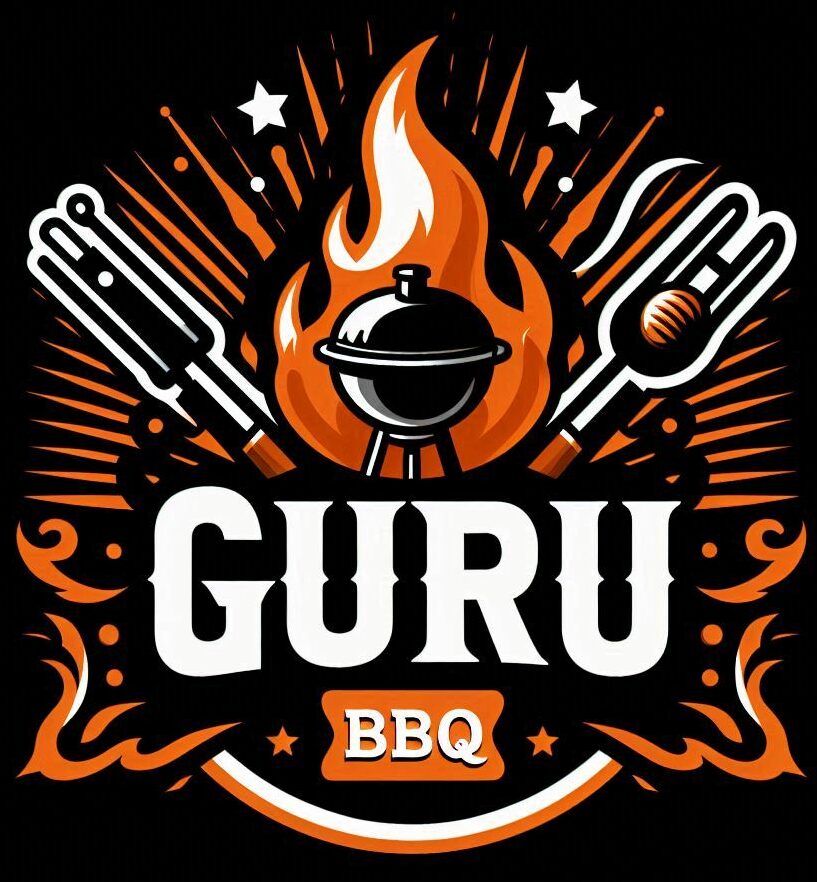When you smell that first whiff of BBQ smoke, you know you’re about to indulge in something special. But, what’s really behind those flavorful tendrils of smoke swirling around the grill? It all starts with the basic components: water vapor, soot, and aromatics. Imagine these elements as mysterious artists, painting layers of taste onto your meat.
Hardwoods like oak, hickory, and mesquite play a huge role here. Each type adds its own flair to the taste fiesta. Oak gives you that classic BBQ flavor, perfect for just about anything, while mesquite adds a bold punch, almost like a zesty party crasher. It’s about choosing the right wood to complement your meat.
Now, let me slip some science in. Say hello to pyrolysis, the process where heat breaks down the wood and releases those smoky compounds we love. This is where the magic truly begins. As the temperatures hit the sweet spot, these compounds mix and match to create the savory symphony you get in every bite.
Temperature and time are as critical as the ingredients themselves. Too hot or too fast, and you’ll scorch the aromas right out. Give the smoke time to wrap around your meats, and you’ll unlock flavors that are rich and deep. It’s all about balance, giving your food the opportunity to really soak up the essence of smoke.
The Dance of Heat: Mastering Temperature for Perfect BBQ
Ever wondered why the same cut of meat can taste completely different depending on how it’s cooked? It all boils down to how you handle that grill heat, and there’s more to it than just throwing meat over flames. The game changer is understanding the types of heat—direct and indirect—and how they shape your BBQ journey.
When we’re talking direct heat, think about searing and that satisfying crust. This method cooks fast and injects flavors deep into the meat. But go indirect, and you have the perfect recipe for those tender, fall-off-the-bone bites. A gentle, indirect heat lets you go ‘low and slow’, creating that juicy, melt-in-your-mouth texture.
Now, let’s talk about the Maillard reaction. It’s the science behind that beautiful browning and savory flavor. This reaction between amino acids and sugar doesn’t just add visual appeal; it locks in flavor and boosts the umami, or savory taste, making every mouthful a hit of deliciousness.
We can’t ignore heat distribution either. Uneven heat can spell disaster, leading to patches of raw or overdone meat. That’s why ensuring your grill or smoker is set up right is crucial. Think of it as creating different zones—a hot seat and a chill zone—for a perfectly balanced BBQ experience.
Finally, let’s chat about temperature control. There’s a reason pitmasters become obsessed with their thermometers. Maintaining the right temp keeps everything cooking at its best, preserving that juicy interior while building up flavors on the outside. Whether it’s a charcoal smoker or a fancy pellet grill, remember, patience and consistency drive BBQ success.
Control and Precision: Tools and Techniques for Better BBQ
Getting the perfect BBQ isn’t just about the meat or the smoke. It’s about the tools and techniques that bring it all together. A solid grill or smoker, a trusty thermometer, and a bit of know-how can turn a weekend cookout into an epic feast.
Let’s talk gear. Whether you’re wielding a classic charcoal grill, a sleek gas variant, or a high-tech smoker, each has its perks and quirks. The choice impacts your cooking style and the flavors you bring to the table. And don’t underestimate a good digital thermometer; it’s your best sidekick in ensuring meats are done to perfection without poking and guessing.
Managing airflow is one of those pro tips that can make or break your grilling game. Tweak those vents right, and you’ve got control over the heat and smoke swirling around your food. This precision helps you maintain consistent temperatures, crucial for both low-and-slow cooks and quick sears.
Now, spice it up with dry rubs and marinades. These are your secret weapons for flavor. From simple salt and pepper to complex spice mixes, they work their own kind of magic. The science? Salt penetrates, while spices form a crust, locking in juices and adding a punch of taste.
And hey, we’re in the future now with some cool tech. Smart thermometers and automated smokers are here to chill out your BBQ experience. They give you precise readings and control remotely, so you can enjoy that cold brew without hovering over the grill the whole time.
Flavors of Smoke: Cultural Traditions and Regional BBQ Styles
BBQ isn’t just a cooking technique; it’s a whole vibe, deeply rooted in various cultures around the world. From the American South’s smoky ribs to the spicy-sweet flavors of Korean BBQ, every style tells its own story through smoke and heat.
American BBQ, with its focus on low and slow cooking, hails from the likes of Texas, Memphis, and the Carolinas. Each of these regions boasts signature flavors and methods—brisket in Texas, smoky pork ribs in Memphis, and vinegar-based sauces in the Carolinas. Each one highlights different cuts of meat, woods, and seasonings, creating a distinct taste experience.
Jumping across the globe, Korean BBQ flips the script with quick, high-heat grilling, often right at the dining table. The magic here is in the marinades—soy sauce, garlic, and sesame oil work together to create that unforgettable flavor. It’s interactive and communal, reflecting the culture’s love of shared meals.
But BBQ isn’t just about tradition; it’s about innovation too. Today, pitmasters are blending new techniques with age-old methods, adding their own twist to traditional practices. Think about the fusion experiments in urban BBQ joints, where global flavors marry the classic smoke, creating something exciting and fresh.
The best part of BBQ, beyond the taste, is the way it brings people together. Whether it’s a family backyard cookout or a community festival, BBQ connects people, sharing stories along with meals. It’s this sense of connection that keeps the tradition alive and evolving.

